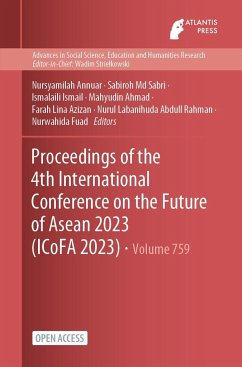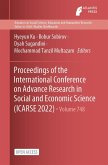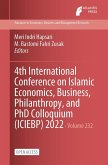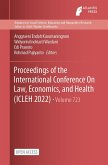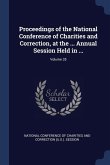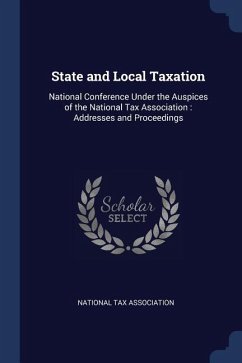This is an open access book. ASEAN countries are diverse, with GDP per capita ranging from about USD1,297 in Myanmar, a lower-middle income country, to USD64,041 in Singapore, a high-income advanced economy (World Economic Outlook Database, IMF, April 2019). ASEAN marked its 50th anniversary in 2017 with relatively successful and prosperous development in five decades, with establishment of the ASEAN Economic Community in 2015 as one the key milestones as well as the achievements of Millennium Development Goals 2015. Building on the past successes via Millennium Development Goals 2015, especially in areas such as poverty eradication, better health outcomes and quality education, ASEAN countries are poised to make a more inclusive progress towards the newly adopted development agenda of Sustainable Development Goals 2030 (SDG 2030), which cover a wider set of interlinked development objectives under its 17 goals. The economic dynamism of the ASEAN region on the back of its strong income growth, continuous structural transformation and infrastructure improvements is expected to support sustainable development in the region. From the IMF Report (September 2018), most ASEAN countries, with their continued income growth and strong policy efforts, are on track to eradicate absolute poverty by 2030, while some of these countries are already doing well in terms of gender equality. Similarly, improvement in universal primary education completion is one of the key progress areas made by the majority of ASEAN countries. Despite these achievements, challenges persist, hence, we need to ensure a more inclusive and environmentally sustainable development in the region. Income inequality remains relatively high in several countries, and the shift towards manufacturing has strained environmental sustainability in the region. Furthermore, the other remaining development challenges call for a more comprehensive and integrated approach via the intra-ASEAN initiatives.

